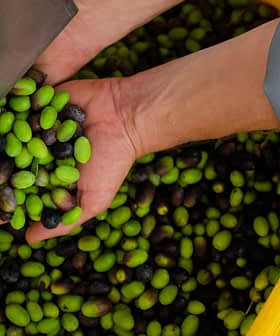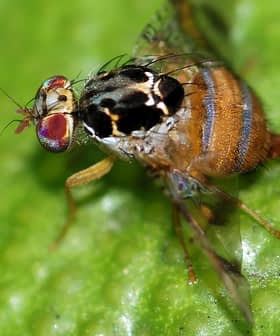Aceituna de Tacna olives from Peru are among 10 Latin American food products to receive Protected Geographical Indication status from the European Union after a decision in Quito, Ecuador on November 16.
Protection of these specific products against imitation in the EU stems from a multiparty trade agreement between the Union and Peru, Colombia, and Ecuador, provisionally applied in 2013.
The trade pact already protects 16 geographical indications (GIs) from the three Andean countries in the EU. It also safeguards 116 European GIs in Peru, Colombia, and Ecuador. The recognition is expected to help Latin American producers and exporters market their products in the European Union.
See Also:Argentina Receives Its First Geographical Indication for Olive Oil“In each of these years that the trade agreement has been in effect, we have held meetings of the subcommittees and the trade committee,” said Roberto Sánchez, the minister of foreign trade and tourism of Peru. “The objective has been to facilitate and increase, even more, our commercial flows. We will aim to continue strengthening our trade relationship with the EU.”
Tacna olives from Peru are grown in the homonymous southernmost region of the country. Tacna is home to 35,000 hectares of olive groves, representing more than 80 percent of the country’s total area devoted to olive tree cultivation. In 2019, Peru produced almost 190,000 tons of olives, mostly used as table olives and some destined for olive oil production.
The E.U.’s Geographical Indications scheme, aimed at communicating the unique characteristics of food products that have a specific link to the place they are made, is valued at almost €75 billion a year.
According to the European Commission, there are currently more than 3,300 European products with a Protected Geographical Indication (PGI) or Protected Designation of Origin (PDO) label, while more than 1,500 GIs from around the world are protected from imitation and counterfeiting in the European Union through bilateral trade agreements.








